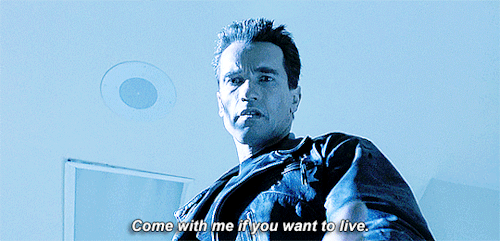Over the last few years, mobility training has become all the rage on social media and in the fitness world. Passive flexibility is out; active range of motion is in.
Many supporters of this style of training tout it as the holy grail. It's believed to prevent injuries and make you a better mover. And if your mobility isn't up to snuff, well, you better "check yourself before you wreck yourself."
Being my inquisitive self, I was interested in what the research said about typical differences between active and passive range of motion. After taking a deep dive, I was surprised to find there was very little direct evidence for what even constitutes "typical" vs. "atypical."
Now, as the saying goes, absence of evidence isn't the same as evidence of absence. But for mobility training to prevent injury and improve movement, there at least has to be a plausible mechanism.
I teamed up with my friend Jenni Rawlings, who's also been seeing these trends in the yoga world, to explore whether mobility training can possibly confer all the benefits it's been claimed to – or whether it should just be one part of a more comprehensive approach to training.
Here's what we came up with:























